Several days in a row, I sat down in front of my computer and started to write the next edition of my newsletter. I started on one topic, got stuck because I felt it wasn’t good enough or that I needed to do more research and thinking on it. So I decided to pick a different topic from my list but ended up with similar struggles. One day, I decided to give it a rest and watch something from my “watch later” list on YouTube.
It was a documentary about Robert Adams’s latest photo books which recently had been published by Steidl, his German book publisher.
Seeing Gerhard Steidl flying in from Germany to visit Robert Adams’s in his home in Oregon, presenting him the new books with such respect for the work and the artist, and Adams’s humble reaction to it all was very moving. It was wonderful to watch and I guess it is needless to say, my wishlist grew a little longer after watching it. Here is the video in case you want to watch it:
After watching the video, I spent the rest of the evening looking through Robert Adams’s books I have in my little collection. This was when I decided to write a little about him and the impact his photography has on me.
If you are not familiar with Robert Adams: He is an American photographer well known for documenting the ever-changing landscape of the American West and the impact of human activity on the environment. Adams’s black and white photographs are often subtle in their visual traits yet powerful in what they convey: the difficult intersection of nature and civilization.
Adams has published numerous photo books over the past five decades, but he is also well known for his writings about the topic of photography itself.
I discovered Robert Adams’s writings and photography when I started getting more into photo books a few years ago. It was through him that I really began to think about the concept of sequencing photographs to convey a narrative.
Before I get more specific about Adams’s way of sequencing his photographs let me try to explain what a photo sequence is.
A photo sequence is a group of photographs arranged in a specific order and can be found in various contexts from journalism, documentary photography, and visual art. It can be a powerful method to convey information, express political or social concerns, evoke emotion, and create a sense of time and space.
Ways to compose a photo sequence could be using
photographs with linear or timely movements of the subject (f.e. a setting sun or a running dog)
photos of different subjects or places, but with relevance for a specific narrative (f.e. the impacts of climate change as a topic or narrative)
repetitive photos of the same scene but with a slightly shifting perspective (f.e. taking photos of the same subject from slightly different perspectives)
Some of the earliest photo sequences - which predate motion pictures - are the ones created by Eadweard Muybridge. Muybridge used sequencing particularly to study the movements of animals and humans. He used twelve cameras, which were aligned in a row and connected to a time controller, so all cameras would release the shutter with a small time lag in between.
Then there is the photographer Duane Michals, who is famous for his sequences of mainly staged photographs which are often accompanied by written text. His sequences typically are philosophical musings about love, life and mortality, often touching the surreal.
The probably most familiar and common way of a photo sequence is where the artist combines photographs of different subject matters and from different locations creating a whole that is greater than the sum of its parts. Only as a whole, they unfold the narrative of the sequence. A few weeks ago, I wrote about a book by John Gossage which is a great example:
There are many more photographers who create powerful photo sequences to convey a message or create a narrative: John Gossage, Paul Graham, Joel Sternfeld. Just to name a few who are outstanding at this technique.
But back to Robert Adams. The way Adams uses a sequence of images struck me as genius. He photographs a scene various times from slightly different angles. After every photograph, Adams moves a step to the side or walks up a little closer or further away from the subject or simply shifts his camera a little to change the framing. This way he gets several images, which all look similar, but are not the same. He then displays them together side by side - and not like me who would have picked just one.
Looking at three images in a row, all showing a dirt road in the countryside with a slightly different perspective, gives me the impression I am able to move in time and in space. It makes me feel as if I am part of the scene, standing and moving side by side with the photographer. As if I am the one who is walking slowly closer and closer to the house and trees shown in the photographs.
Or the above double spread with four photographs of wild flowers along an overgrown sidewalk. Having several images displayed side by side, all showing the same subject, helps to really emphasize the subject. It makes me as the viewer stop and really think about the message here. I can imagine Adams standing and enjoying the beautiful sight of these flowers, which have grown there regard-less of the concrete boundaries created by humans.
This way of sequencing photographs is deeply inspirational. I slowly take in, what is presented in one image, and move on to the next looking for changes. Not having a completely new subject or scene in every photograph presented in a book, makes me slow down and truly be in the moment. It helps me connect on a deeper level with the narrative and the photographer.
Over the past few years, I discovered more artists who work this way, but it is Robert Adams’s work I come back to the most often.
If you are interested in the topic, I can recommend the following books by Robert Adams:
Time Passes https://www.goodreads.com/book/show/3061105-robert-adams
Turning back https://www.goodreads.com/book/show/82980951-turning-back
Gone? https://www.goodreads.com/book/show/9803606-robert-adams
Watch out for next week’s edition of My Visual Journal where I experimented with image sequencing while on a walk with my dog.
That’s it from me today.
Thank you for being here and for reading this week’s newsletter. It means a lot to me!
X,
Susanne
If you enjoyed this weeks topic, I would love to hear from you. Please share your thoughts in the comments with me.
If you are enjoying My Morning Muse, you can support me by subscribing to my newsletter, liking the post, and sharing it with friends. It would mean the world to me! ❤️


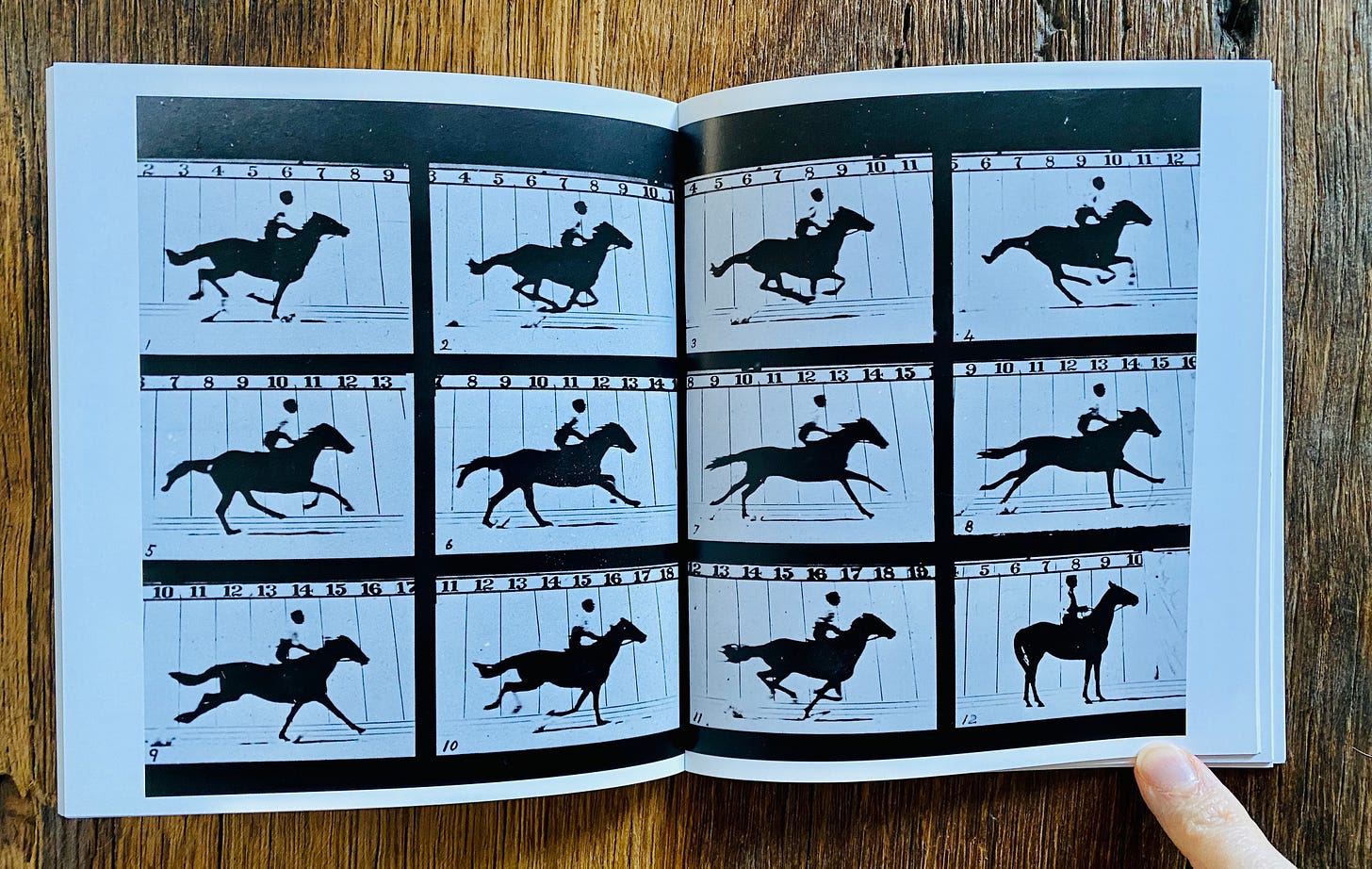
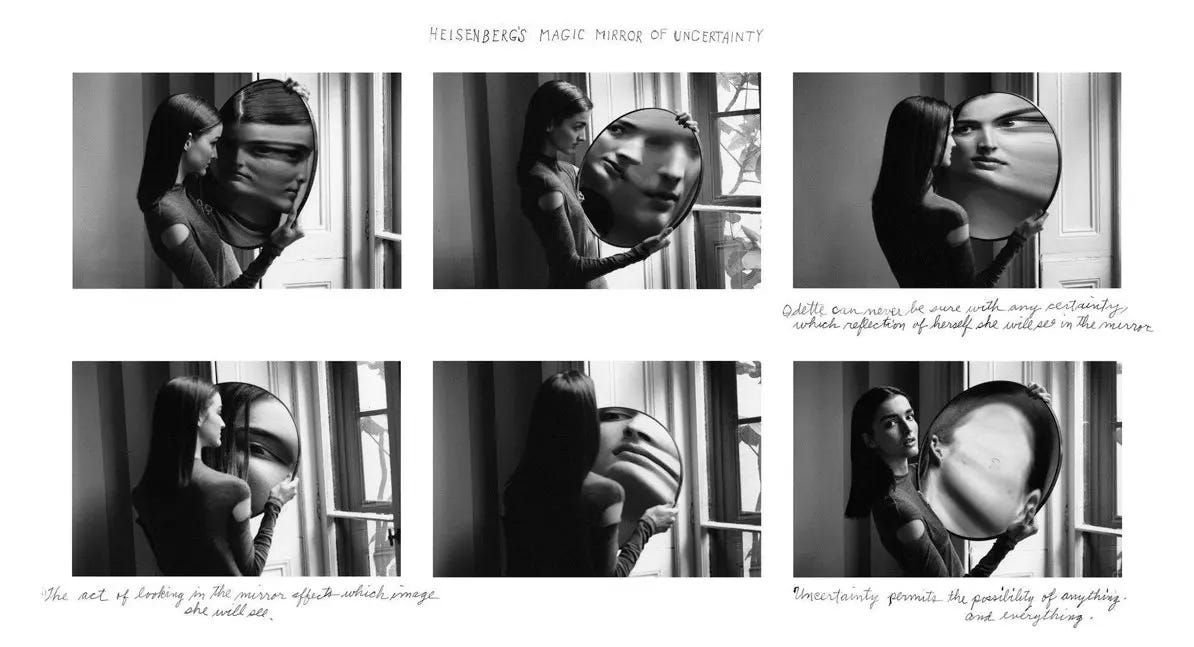
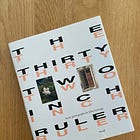
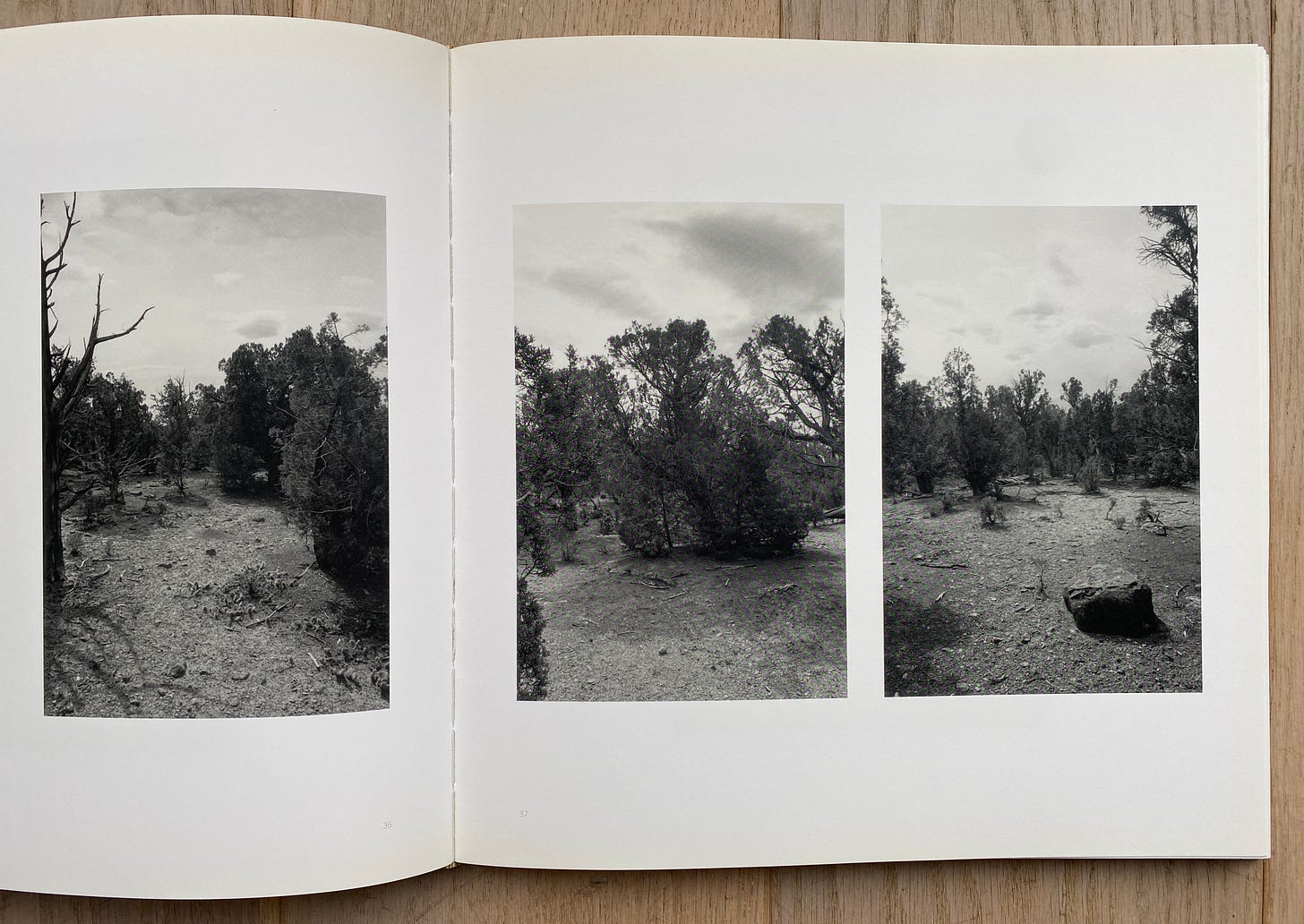
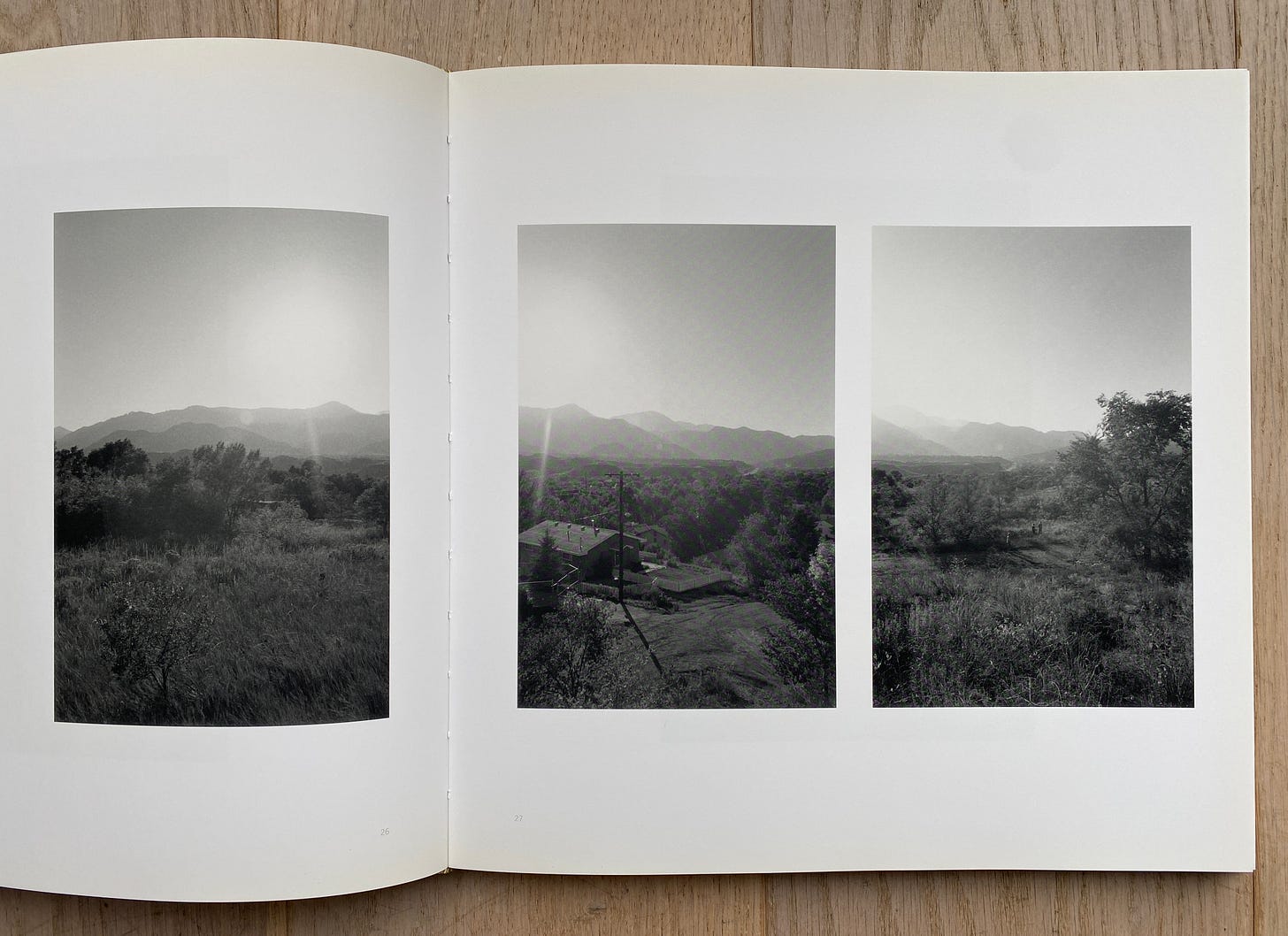
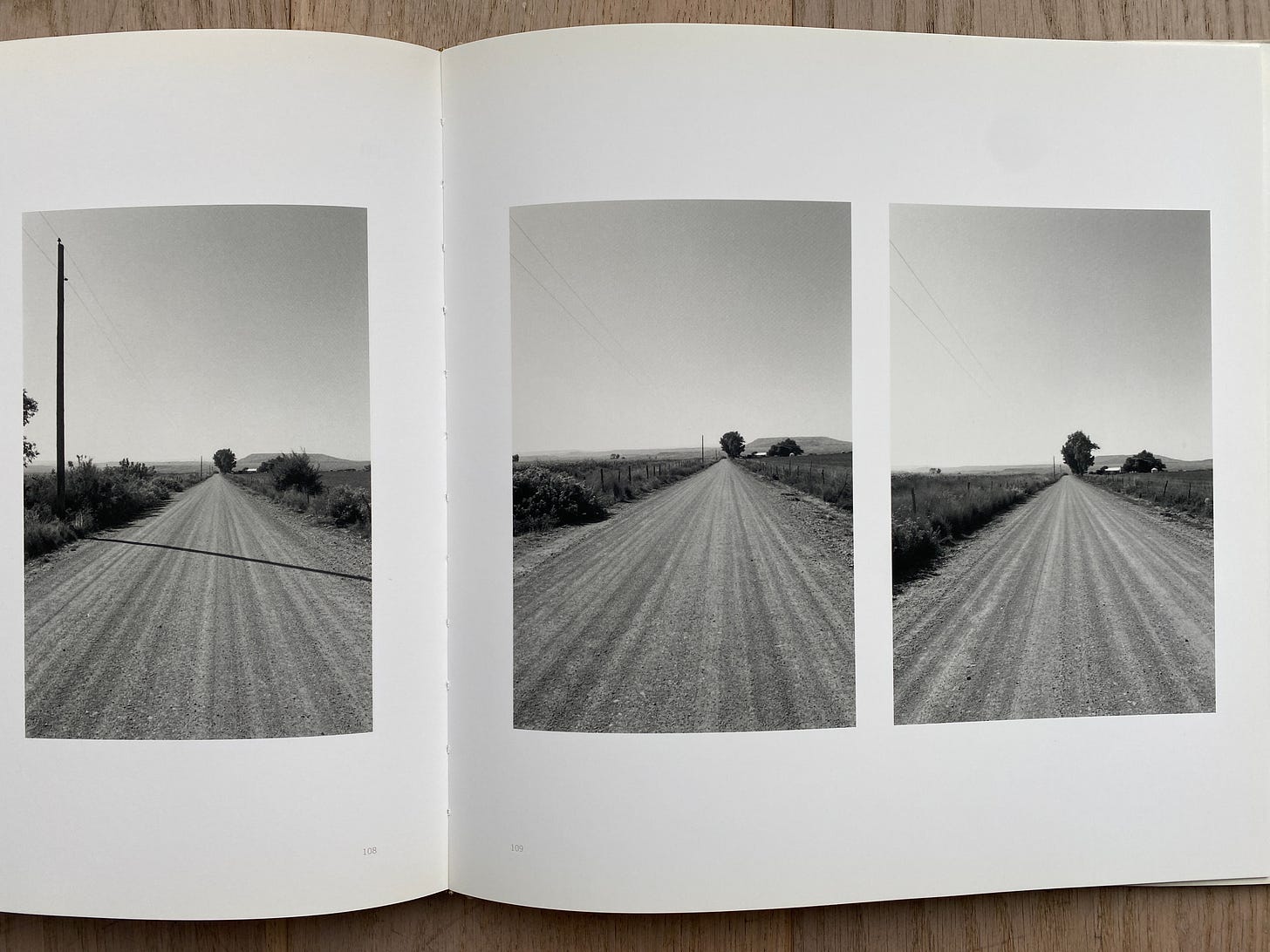
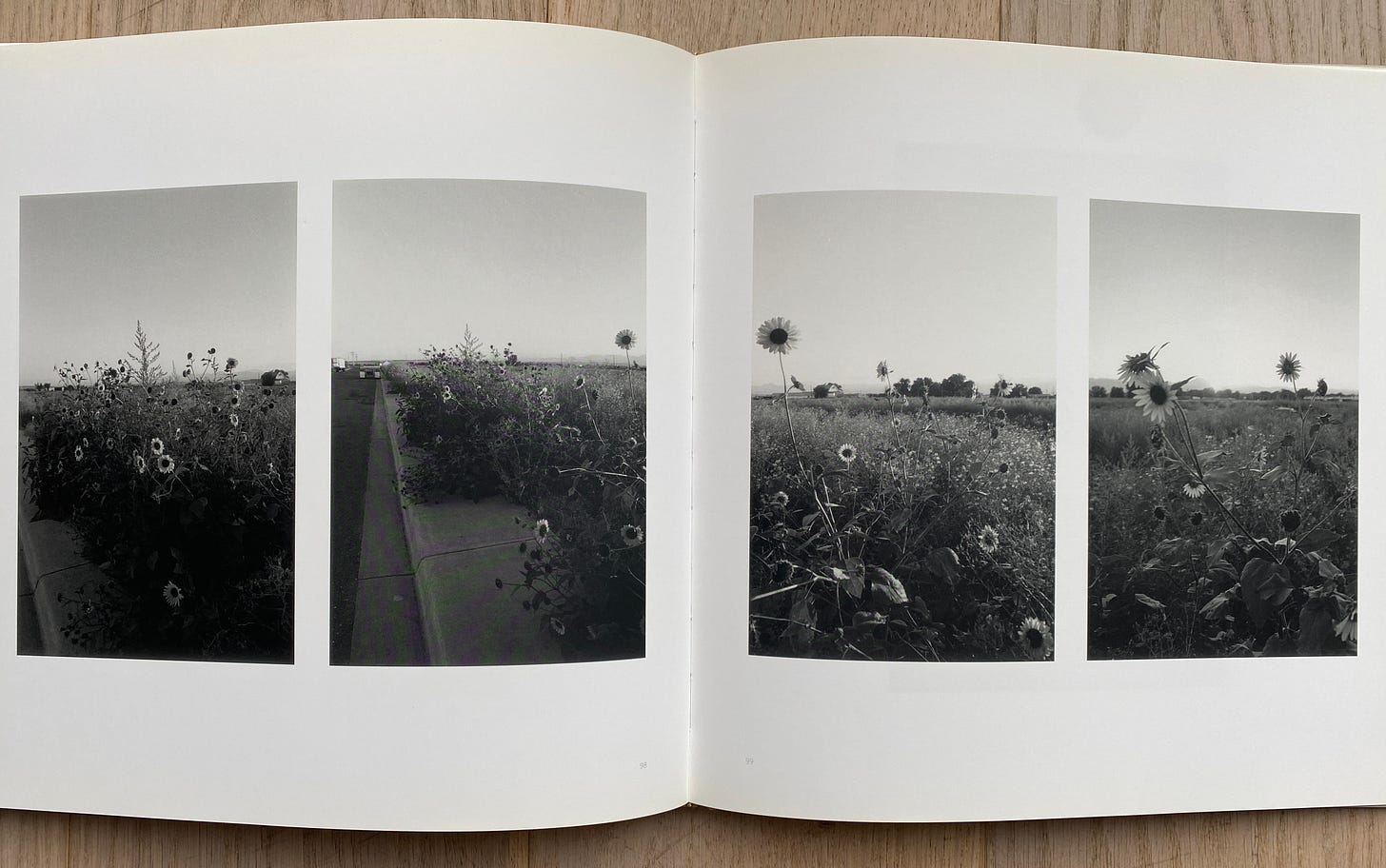
Elliott Erwitt on the art of photographic sequencing
https://www.bbc.com/news/av/magazine-17295728
Inspired by your love of photo books, I'm now in heaven with two of them: The Daybooks of Edward Weston (recommended by you) and Fred Herzog: Modern Color (recommended by Anthony Morganti). There's a third one, which I'm enjoying but not as much. I'm composing a post about all three now.